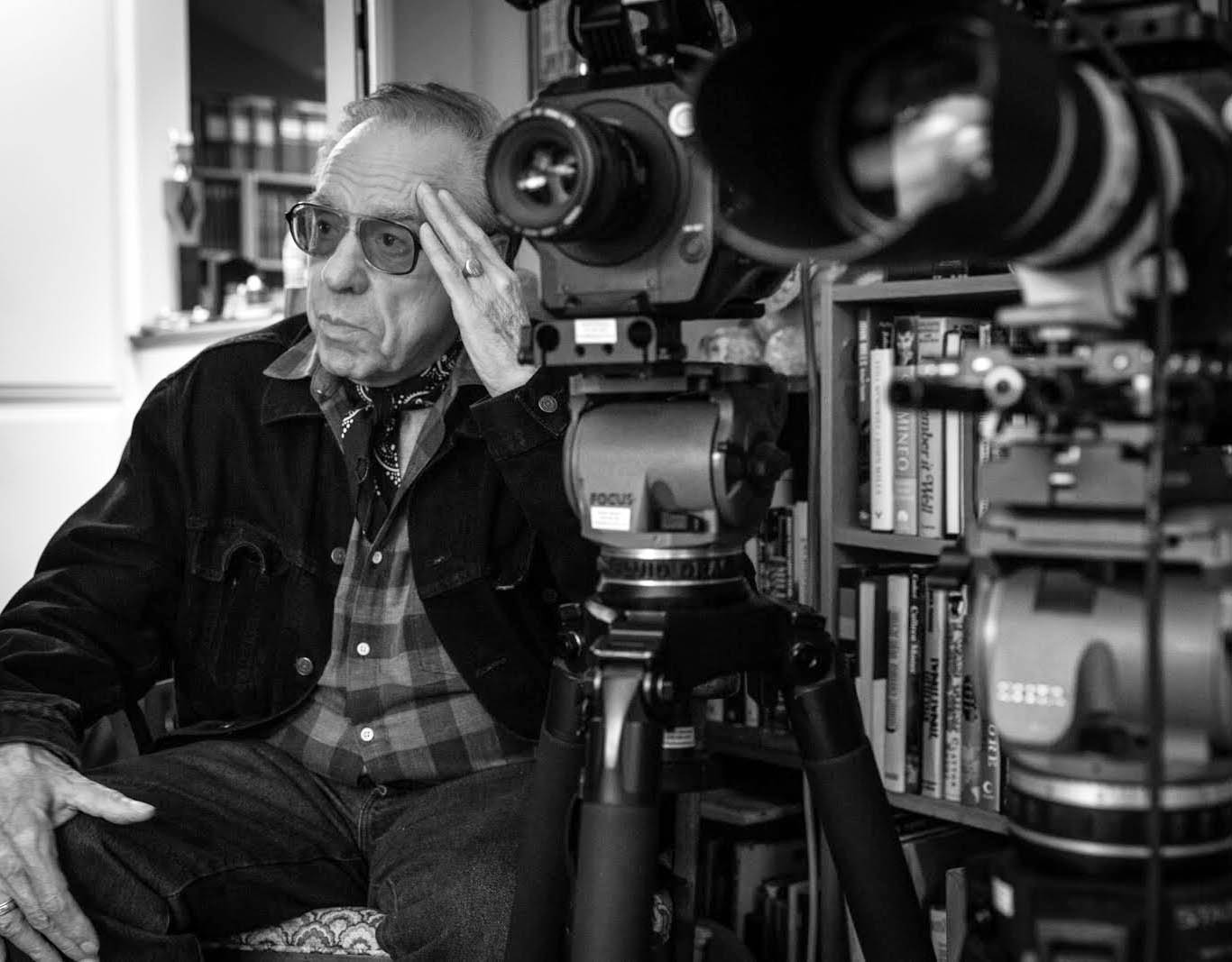American actor Buster Keaton was a titan of silent film comedy. Even if his name is unfamiliar, his unique brand of comedy and stunt work has a legacy in the film world.
The Great Buster: A Celebration explores the life and work of the “Great Stone Face.” The documentary makes use of film clips, archival footage, and guest interviews to examine Keaton’s comedy, his filmmaking prowess, and his influence on generations of filmmakers.
Writer-director Peter Bogdanovich, known for The Last Picture Show (1971), gathered a star-studded cast—including Mel Brooks, Dick Van Dyke, and Johnny Knoxville—to get to the heart of what made Keaton great.
Bogdanovich spoke with the Charlatan to discuss Keaton’s legacy and the documentary’s Canadian release on Nov. 23.
The Charlatan (TC): What is your history with Buster Keaton and his work? How has that had an impression on you?
Peter Bogdanovich (PB): [My father] took me when I was about five or six years old—maybe seven, I don’t know, I don’t remember now. I was quite young. He took me by the hand to the Museum of Modern Art film library, and we sat through many silent films—and I loved them. There was always piano accompaniment. One of my childhood memories that I most enjoyed was just seeing silent movies with my dad.
TC: How does it feel to have been able to make the documentary?
PB: I enjoyed talking to people about Buster, and I learned some things about him that I didn’t know, and it was a chance to see the films again, and to really pin down the ones that were great. I enjoyed it. I also enjoyed giving Keaton a shot at recapturing his glory.
TC: If you’re looking at that whole process, and those things you did learn that perhaps you didn’t know before, what is one or two things that stand out the most?
PB: Keaton’s mild temperament. At least, that’s how he was described. He said, “If I’m worth more they’ll pay me more.” He didn’t play the victim. Although on the screen he was doing the victim, in life, he didn’t play that card, it seems. I was very interested to hear that because he’s very definite about directing comedy. There’s no question he knows where to put the camera at [every] moment. So, it’s interesting that in terms of his life, he was very mild.
TC: What would you consider Keaton’s “greatest contribution” to cinema?
PB: He made people laugh, and the comedy still works. That’s a lot, because comedy’s [not an easy thing to do], and it can date most easily. His don’t date—the good ones don’t date. They’re just funny. Jerry Lewis used to say that a comic actor had it in his bones—he had funny bones—and I think that’s true of Keaton.
TC: What do you hope the younger generation of audiences or filmmakers can take away from the film, his whole life, and his work?
PB: Most comedy today is pretty lame. Boring romantic comedies, hangover comedies. The high point was There’s Something About Mary which got most of its jokes from sperm in the hair, and his dick getting caught in a zipper. This is not comedy. That’s not that I call comedy, and maybe by seeing Keaton, some young people will say, “Oh, that’s comedy.” The two main reasons, pardon the fact that we had great comic talent, was that it was in black and white, which is automatically less distracting than colour for comedy because you don’t stand out. Great blonde . . . hair, beautiful eyes—you’re not distracted from the comedy.
And, the other thing is that it was silent, which meant you didn’t have to wait for the laughs before you could go on. You could build on the laughs one on top of the either, that reached gigantic proportions, which you couldn’t really do with sound because you’re listening to the dialogue. I think those are some of the things that young people can learn from.
Provided photo






